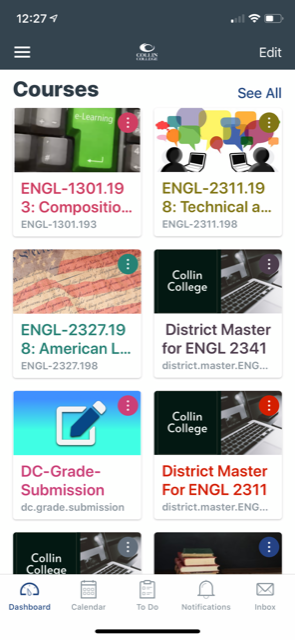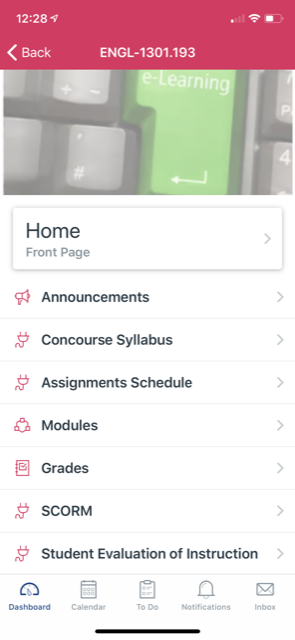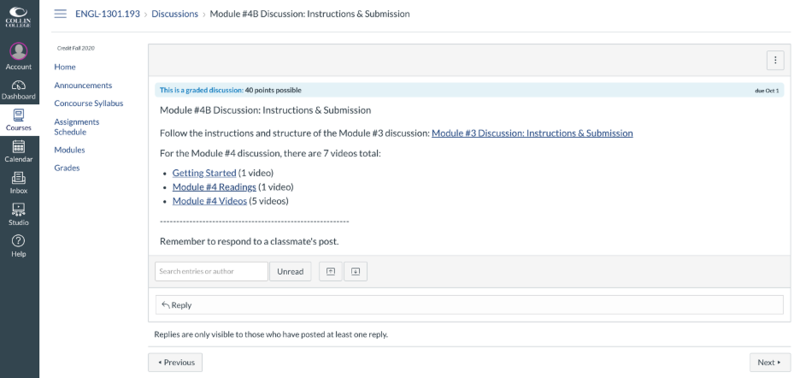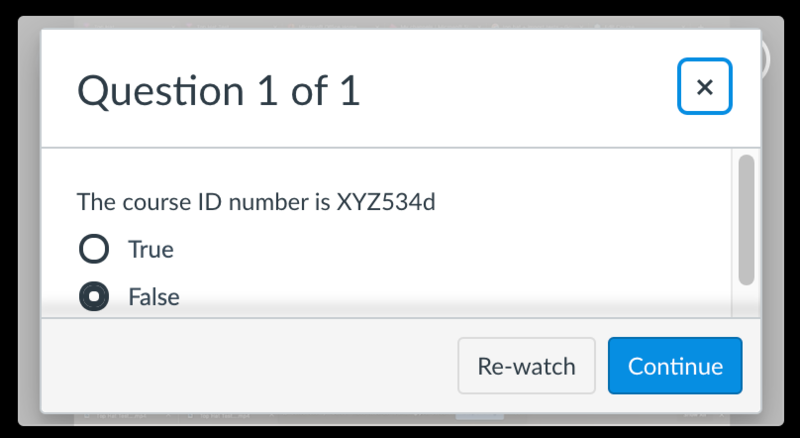e-Learning Ecologies MOOC’s Updates
Canvas (the LMS) as a form of ubiquitous learning
Throughout this post/update, we will study a dimension and framework of ubiquitous learning, the LMS (Learning Management System), and, particularly, Canvas (formerly Blackboard). First, however, let me explain the use of the word “framework.” Here, the word signifies a lens through which or a backdrop against which one may explore the broader ecologies of (e)Learning, although let us note that many educators-scholars and technologists would take issue with this claim. Therefore, allow me to define “eLearning” based on multiple and respected sources so that one might understand the linkages between Canvas and eLearning and thus map out or trace Canvas as ubiquitous learning.*
*This post does concern some other affordances or dimensions of eLearning ecologies with the intent to demonstrate the breadth of the Canvas.
Some specific and perhaps purist definitions of eLearning include the following:
- “e-learning is actually a delivery platform with an interesting set of capabilities” (Allen 5).
- The “goal is to use media elements and instructional methods that promote psychological engagement that leads to the achievement of learning objectives” (Clark and Mayer 16).
- “[I]nstruction delivered on a digital device that is intended to support learning” (Clark and Mayer 8).
Some specific definitions of Learning:
- “Meaningful learning is a function of tying new information to existing, well-rooted knowledge and physical skills. As, we know that well-rotted knowledge and physical skills were established through experience and practiced application [no matter the delivery technology]” (Allen 3).
- “[S]uccess related performance goal of enabling new behaviors” (Allen 29)
Characteristics of meaningful learning:
- Synthesis
- Recognition of interrelationships
- To see and act on patterns
- Memorable
- Authentic
- Contextual
- Relevant (the above are adapted from Allen)
When purposefully leveraged and meaningfully designed along with the optimal calibration of reflexive pedagogies, immersive and transformative learning activities, and masterfully written content, Canvas plays out for learners and instructors as a dimension of (e)Learning, much as Scholar does.
To begin, Canvas is neither innovative, nor traditional, but somewhere in between. For example, the concepts or practices of transparency, peer reviews, iterative revisions, defined grading standards or rubrics, and metacognition have a long history in the discipline, practice, and art of Rhetoric. More broadly, English or Composition studies has recognized the importance of these “elements,” which have spawned a specific sub-discipline called Electric, and, then, Digital Rhetoric. Even more recently (early 21st century), the Learning Record Online (LRO) was developed by the University of Austin Rhetorician, Peg Syverson and her team of colleagues and graduate students. It works much the same as an eFolio and the communicative spaces of Canvas and Scholar do (http://www.learningrecord.org/intro.html).
To be sure, however, the modern LMS is not wholly traditional because the affordances of digital educational technologies and media, although neutral, are specific, nuanced, complex, multivocal, and multimodal, when leveraged.
Simply put, Canvas is anytime, anywhere with its mobile application and 24/7 availability (assuming one’s Internet connection is strong, and the platform is fully functional (which it almost always is). Learners can perform most course activities via the mobile app, with the exception of completing longer written assignments. Nevertheless, Canvas is ubiquitous learning because it transcends temporal and spatial dimensions.
Next, Canvas, although one may not initially think so, creates and is created from a social-communicative architecture. Learners can engage in peer reviews—either in written or video form—while evaluating their classmates’ works against a rubric; can develop iterative drafts/sets of revisions while continuing to receive feedback from peers, instructors, and the online writing center; can engage in asynchronous communication with each via discussion boards and synchronous discussions with each and with the instructor via Canvas Conferences or the Zoom integration tool; work in groups (depending on the settings enabled by the instructor) for discussions, assignments/projects, and assessments; and, finally work on living documents via Google Docs integration and Office 365 integration (full 365 suite available for integration). In short, these features and functionalities of Canvas allow for learning that is “in your face” and cannot be ignored. Additionally, with Canvas’s Dashboard, Student To-Do List, Announcements, and calendar, students cannot help (unless they try really hard) but be engaged and work as designers and knowledge-instigators, and in these ways, Canvas inspires ubiquitous learning. There is constant interaction, on all levels and varying within each level, between students-students, students-instructor, and students-content.
On this note of app and tool integration, Canvas imbues sticky learning and can include (again, depending on an instructor’s pedagogical choices) sticky digital media, curated and developed by learners and instructors alike. In fact, Canvas Studio enables instructors to create interactive videos complete with various types of questions interspersed throughout the video. Instructors have the ability, within Canvas or outside of Canvas, to create the videos or embed them from YouTube. Students can also create, within Canvas, videos, and even respond with video comments/critiques. Finally, because Canvas Studio automatically generates closed captions and transcripts, so all learners have equal access and so that learning is even more ubiquitous, as in portable.
Canvas is certainly characterized by many more functionalities as well as activates many more practices—metacognition, analytics, democratization, to name a few—but the point here is that no matter the reputation of being rigid, too structured, etc., Canvas aligns with reflexive pedagogies and ubiquitous learning.
Sources:
Michael Allen. Guide to e-Learning. Wiley. 2016. 2nd Edition.
Ruth Colvin Clark and Richard E. Mayer. e-Learning and the Science of Instruction. Wiley. 2016. 4th Edition.










Kelly, I now have a clearer understanding of Canvas capabilities that I ever believed possible. I began building lesson plans while reading.
Wow!!! What a compliment! I am more than happy to help with anything, so please reach out: kmartin@collin.edu. No question is too big or too small :) Thank you, Darlene--you made my day :) :)